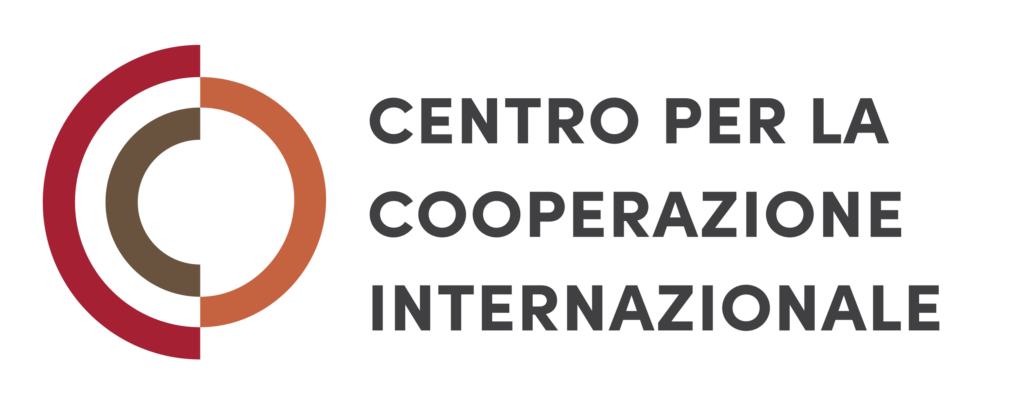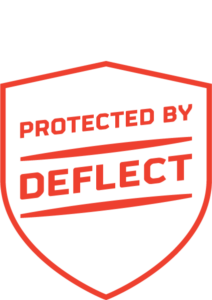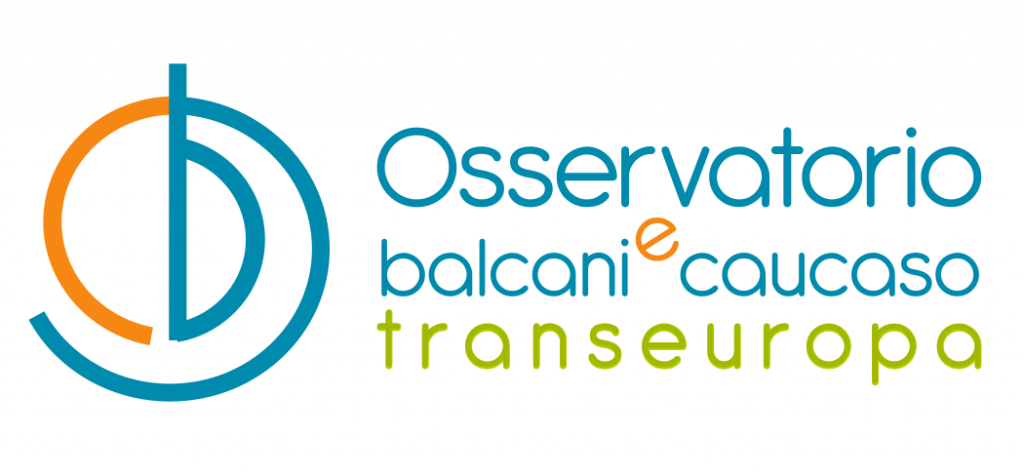Danube delta: saving the sturgeon
Ambitious European projects support the protection of the sturgeon. However, without the support of the local community and compensation for fishermen, the goal of saving the the Danube’s iconic fish remains elusive

Danube-delta-saving-the-sturgeon
© Pavel Filatov/Shutterstock
With its prehistoric appearance, its long and mysterious lifespan, and its enormous size – but above all, its treasure, caviar, which has promised (and rarely delivered) fabulous riches – the sturgeon is undoubtedly the most iconic fish of the Danube. In the Delta, it is also a major source of livelihood and an important component of local culture.
After being brought to the brink of extinction by overfishing and habitat destruction, the species present in the great river are finally being protected, thanks to intensive conservation efforts, largely implemented with European funding throughout the river basin. Among these, a project focused on the Delta has raised 25,000 juvenile fish on a floating station moored in the port of Tulcea.
However, without the involvement of the local population, and especially without adequate compensation measures for fishermen deprived of their main source of income, the future of these animals remains uncertain.
Who are sturgeons and why are they in danger?
The Danube is one of the last rivers in Europe where sturgeons still reproduce naturally. Four species live in its waters (five until a few years ago): the Russian sturgeon, the stellate sturgeon, the sterlet, and of course the "beluga," the large white sturgeon. Specimens measuring 9 meters are said to have been caught, although today they rarely reach 5 meters. Accustomed to living on the seabed, sturgeons are difficult to observe, and until a few years ago, little was known about their lives. They are almost all anadromous, meaning they spend most of their lives in the sea but travel upriver to reproduce (except for the sterlet, which always remains in the Danube). They can live over 50 years (sometimes up to 100) and have changed very little over the last 200 million years, earning them the nickname "living fossils."
The characteristic that led to their downfall (most species are critically endangered or already extinct) is another: caviar. A single female can contain 2 to 5 kilos of it, fetching thousands of euros. It is no surprise, then, that 85% of the 26 existing species are at risk of extinction. Making matters worse is the same characteristic that makes this commodity so expensive: rarity. Very few caught specimens possess it: they begin reproducing late (even after 12 years), and males are indistinguishable from females.
In the Danube, fishing was banned in 2006, and the ban is permanent since 2021, but poaching remains widespread.
Illegal fishing, however, is not the only threat. "The construction of dams like the Iron Gates, which interrupted the sturgeon’s migration path, has been a key factor in the decline of these fish. Habitat destruction also plays a role, such as when a canal is deepened to make the river navigable," explains Cristina Laura Munteanu, national coordinator for sturgeon conservation for WWF Romania.
"Any form of straightening of waterways makes them faster, and sturgeons are not great swimmers." Since 2024, there has been renewed talk of a new dam on the Danube in Nikopol. "If it were built," comments Munteanu, "it would be very bad news." Climate change looms large: "Higher temperatures could certainly alter the reproductive seasons and cause further stress, especially in summer, but so far there has been no way to quantify the effects."
Conservation efforts
In the Danube, sturgeon fishing began to decline towards the end of the 20th century, accelerating from the 1980s onward and declining further in the 1990s. Meanwhile, however, awareness was growing at the global, European, and even regional levels. In addition to Romania, which banned fishing in 2006, neighboring countries (Bulgaria and Ukraine) also adopted similar measures. A pan-European sturgeon action plan was developed, and many other initiatives were undertaken, mostly within the LIFE program, with the participation of environmental organizations such as the WWF. These include LIFE for Danube Sturgeons between 2016 and 2020, and LIFE-Boat4Sturgeon , currently underway and coordinated by BOKU University in Vienna. This initiative focuses on restocking along the entire length of the river through the release of young fish raised in a floating station. Some projects fall under European cohesion policies, such as MonStur , recently inaugurated and intended to operate across the entire Danube Delta.
The floating station in the Delta
Moored along the banks of the Danube in Tulcea, a floating station with a flat bow and covered in solar panels resembles a small scientific vessel. It is the heart of the Dezvoltarea Stației de monitorizare a peștilor migratori: sturioni și scrumbie – Isaccea (Development of a State for Monitoring Migratory Species: Sturions and Scrumbies) project, funded by Cohesion funds to monitor, protect, and breed two iconic species of the Danube Delta: sturgeons and the Danube shad, which is also vulnerable to overfishing. Developed in two phases, with a total budget of approximately €15 million, the program is led by the Biosphere Reserve Administration together with the Tulcea Delta National Research and Development Institute. Launched in 2023, it will conclude at the end of this year.
Over the course of three years, researchers incubated and released over 25,000 juvenile fish in different sections of the Delta, within three Natura 2000 sites. Furthermore, they captured adult specimens to implant a tiny microchip under their skin, allowing them to track their movements and reconstruct their migratory routes. Special efforts, according to those responsible, were dedicated to the Russian sturgeon, the most threatened species.
Alongside scientific activities, the project has opened its doors to local communities and schools, with events and meetings to explain the importance of these species and engage new generations. Because, the researchers emphasize, without awareness and participation, even the most advanced technologies risk being insufficient to save the ancient giants of the Danube.
Without community, the sturgeon cannot be saved
"The projects to protect sturgeons are essential and are starting to show results: since 2023, for example, we have confirmed the natural reproduction of the Russian sturgeon," explains Munteanu. "But the problem will never be truly solved unless we address the serious consequences that the fishing ban has had on local communities." In the Delta villages, poaching is not only widespread but also socially accepted.
Sturgeon fishing, he recalls, has enormous economic value but also profound cultural significance. "It has always been a difficult activity, requiring refined skill and techniques. The fishermen felt they were the pride of the Delta, but from one day to the next they found themselves branded as criminals."
The problem, adds George Caracas (Project Manager of WWF Romania’s sturgeon initiatives), is that to date there is no real compensation for the lost income. "Many reject the ban, but it must be understood that since it was imposed, they have never been consulted. In 2006, during the first tender, compensation was foreseen; in 2012, when it was renewed, nothing happened, and in the law that makes it permanent today, there is no mention of compensation."
The institutions, he adds, believe that fishermen can switch to other species, such as shad. "But it’s not the same: the value is completely different." The compensation would be paid by the state, while the Reserve administration has no power in this regard. "The fishermen have sued the state several times, but so far have had no success. Here, it’s difficult to get anything from the government. If the funding came from the European Union, perhaps there would be more hope."
This article is published as part of the "Cohesion4Climate" project, co-funded by the European Union. The EU is in no way responsible for the information or views expressed within the project; the sole responsibility for the content lies with OBCT.
Photo Gallery
Tag: Cohesion for Climate












